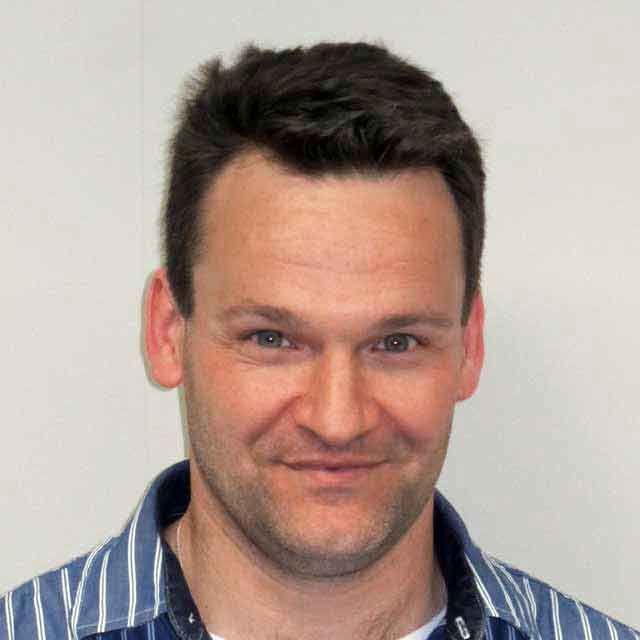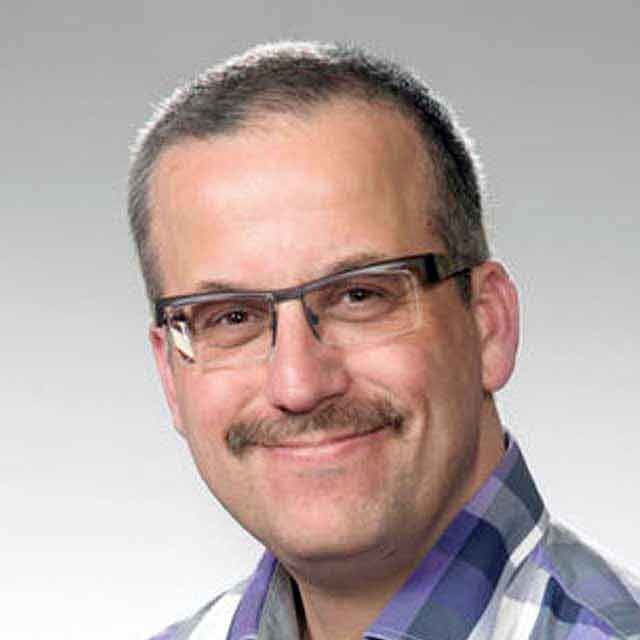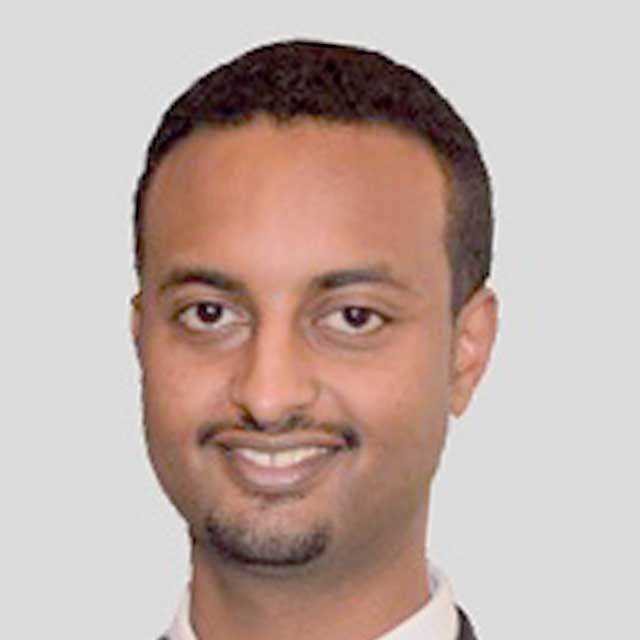Abstracts
Beyond the “I” in AI
09:30–10:00
Insight. Implementation. Integration.
AI, or artificial intelligence, is transforming the products we build and the way we do business. It also presents new challenges for those who need to build AI into their systems. Creating an “AI-driven” system requires more than developing intelligent algorithms. It also requires:
- Insights from domain experts to generate the tests, models, and scenarios required to build confidence in the overall system
- Implementation details including data preparation, compute-platform selection, modeling and simulation, and automatic code generation
- Integration into the final engineered system
Jason Ghidella demonstrates how engineers and scientists are using MATLAB® and Simulink® to successfully design and incorporate AI into the next generation of smart, connected systems.
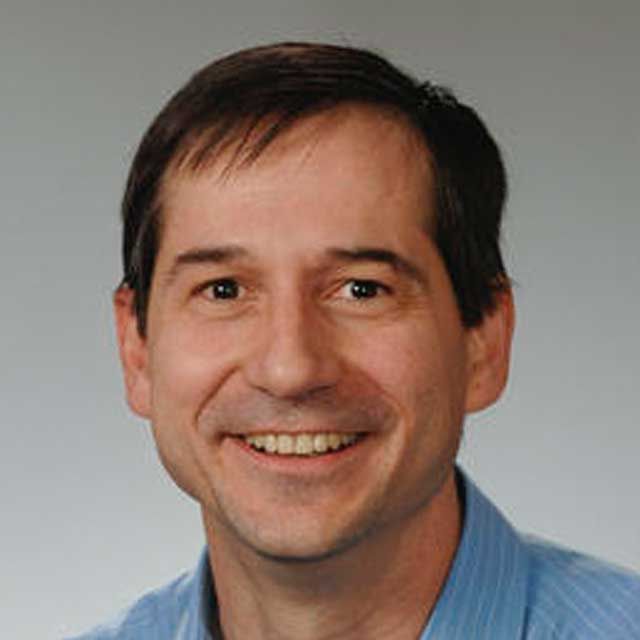
Jason Ghidella, MathWorks
Minimizing Cost of Ownership with Simulation and Digital Twins
10:00–10:30
Atlas Copco is constantly looking for ways to improve their products and services throughout the whole product lifecycle of their machines in all aspects. To reduce cost of ownership, they integrate simulation and data analytics from engineering to production, sales, and services. One of their objectives is to enable thousands of sales engineers to do reliable performance simulations during customer engagements while interacting with customers. Another objective is to allow the services division to set up different customer-specific maintenance strategies based on real-time data collection from more than 100,000 machines in the field.
Connecting colleagues, customers, and the supply chain using a single source of truth results in shorter manufacturing throughput times and improved workplace safety. This is achieved by establishing an enterprise-wide data acquisition and analytics platform. The importance of a model-based engineering approach is key.
This presentation will showcase how this approach leads to better products and services throughout the whole product lifecycle.
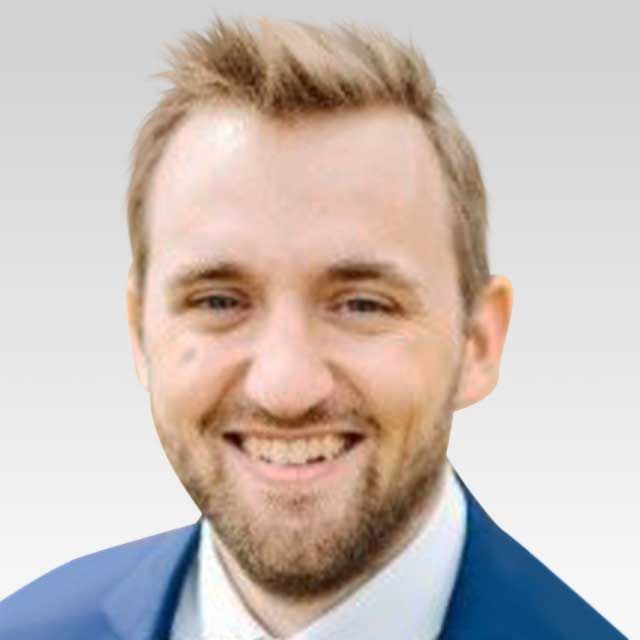
Carl Wouters, Atlas Copco
What’s New in MATLAB and Simulink
11:00–11:45
Learn about new capabilities in the MATLAB® and Simulink® product families to support your research, design, and development workflows. This talk highlights features for deep learning, wireless communications, automated driving, and other application areas. You will see new tools for defining software and system architectures, and modeling, simulating, and verifying designs.
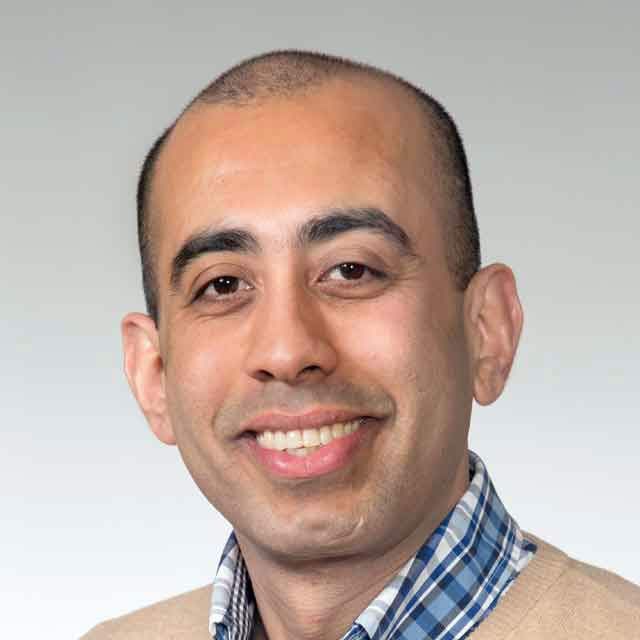
Mohamed Anas, MathWorks
Model-Based Optimization of a Solar-Powered Car
11:45–12:15
Lightyear One is a remarkable innovation: It is an all-wheel drive, five-seater electric car charged by the sun. The key challenge of this innovation is matching the energy required while driving, with the limited and fluctuating energy yield of the solar panels. MathWorks solutions are used by Lightyear engineers as the “Swiss Army knife” to address this challenge, optimizing the energy flow from the solar panel and its accompanying electronics to the vehicle. This presentation provides an overview of Lightyear’s accomplishments to date, and its ongoing mission: clean mobility for everyone.
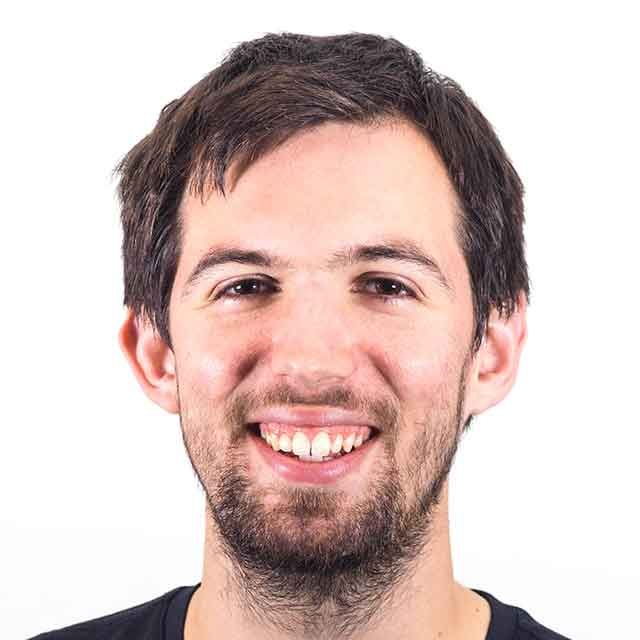
Arjo van der Ham, Lightyear
Women in Tech Forum: Lunch and Networking
12:15–13:30
As part of the Women in Tech initiative, MathWorks will be hosting a Women in Tech lunch during this year’s MATLAB EXPO Benelux, intended for female delegates and presenters. Join the lunch to hear from leading technical experts and to discuss your experiences, and use this opportunity to meet and network with other female industry peers.
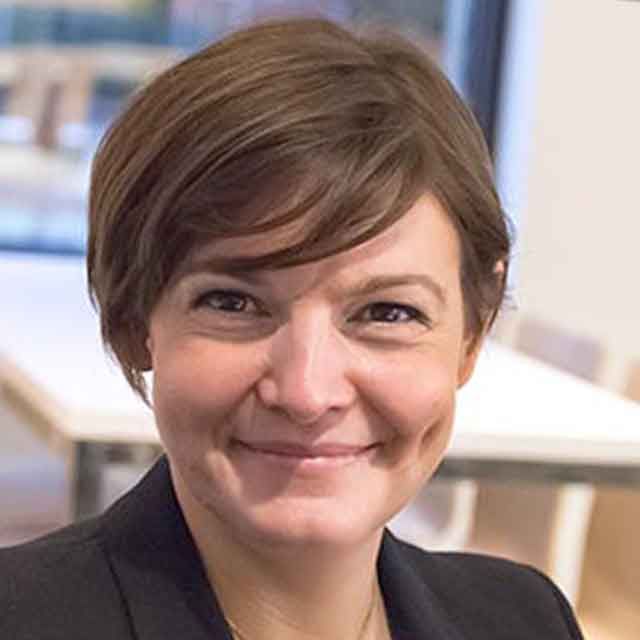
Giorgia Zucchelli, MathWorks
High-Performance Motion Control with the PEPPER/MINT System-on-Chip Platform
13:30–14:00
Products and systems increasingly use advanced motor drives to control cars, pumps, medical equipment, robots, and industrial automation. 3T has developed scalable amplifier platforms called VIPER and PEPPER. Together with the MINT system-on-chip (SoC) platform they can be used for a wide range of applications. These platforms are used to kick-start customer projects and reduce development cost and time to market.
VIPER is a cost-efficient solution for most power control applications. PEPPER provides increased power density and bandwidth. Applications for both platforms are modelled in MATLAB® and Simulink®, including power electronics and plant dynamics. The complete control loop is closed in a multidisciplinary simulation environment to rapidly develop control algorithms without the need for physical hardware and prove feasibility early in the design phase.
This talk focuses on PEPPER applications developed and deployed using MathWorks SoC design flows including C and HDL code generation. Ronald Grootelaar of 3T discusses a high-speed sensorless brushless DC motor drive running a field-oriented control algorithm at 50 kHz and a solenoid actuator control loop suppressing machine frame vibrations.
AI Techniques in MATLAB for Signal, Time-Series, and Text Data
14:00–14:30
Developing predictive models for signal, time-series, and text data using artificial intelligence (AI) techniques is growing in popularity across a variety of applications and industries, including speech classification, radar target classification, physiological signal recognition, and sentiment analysis.
In this talk, you will learn how MATLAB® empowers engineers and scientists to apply deep learning beyond the well-established vision applications. You will see demonstrations of advanced signal and audio processing techniques such as automated feature extraction using wavelet scattering and expanded support for ground truth labelling. The talk also shows how MATLAB covers other key elements of the AI workflow:
- Use of signal preprocessing techniques and apps to improve the accuracy of predictive models
- Use of transfer learning and wavelet analysis for radar target and ECG classification
- Interoperability with other deep learning frameworks through importers and ONNX™ converter for collaboration in the AI ecosystem
- Scalability of computations with GPUs, multi-GPUs, or on the cloud
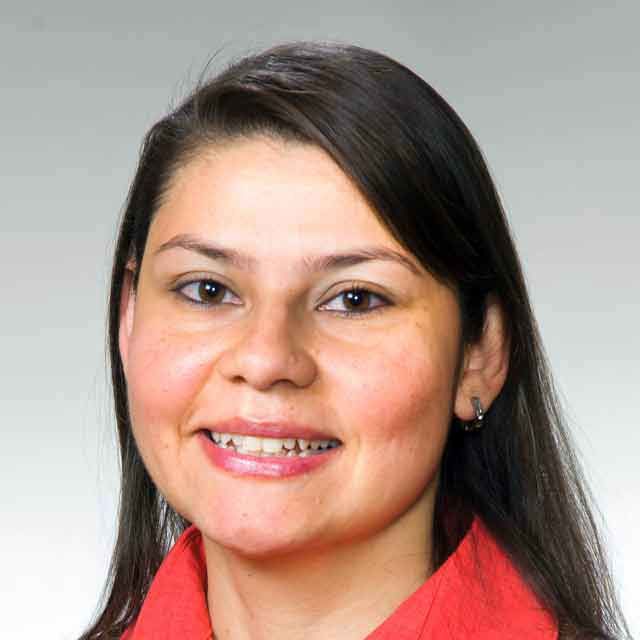
Paola Jaramillo, MathWorks
From High-Level Algorithms to ASML Automated Digital Design Flows
14:30–15:00
ASML is the world's leading manufacturer of lithography systems for the semiconductor industry. These complex machines are critical for producing integrated circuits or chips.
Quality and time to market are the two main drivers for this business. At first sight, these interests appear to be conflicting, but by making the right choices, the outcome for both factors can be favorable.
The focus of this presentation is twofold. First, the adoption of HDL Coder™, which automatically generates HDL source code and test bench code into the ASML FPGA design flow. John van Tol of ASML will show which steps need to be taken to implement HDL Coder in a customized development environment. Secondly, the reduction of the gap between system architect and engineer. John will then discuss the use of Model-Based Design by the system architect and FPGA designer and the major benefits of this approach. Applying these techniques will ensure that the quality improves, and the introduction time of new functionality diminishes.
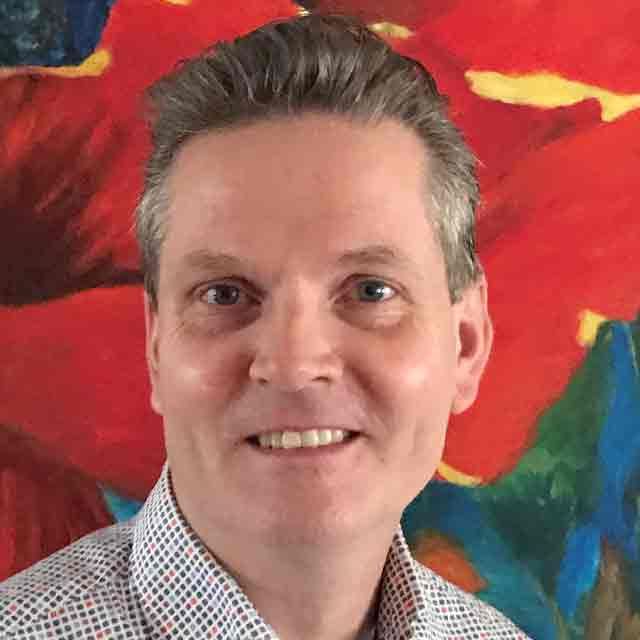
John van Tol, ASML
Developing and Integrating Quantitative Models with MATLAB
15:30–16:00
KPMG Luxembourg started the development of its risk reporting solution more than eight years ago.
The platform supports the computation of different risk figures including value-at-risk (VaR), conditional VaR, sensitivity analysis, stress testing, and other quantitative measures.
The constantly increasing requirements in terms of new financial, mathematical, and statistical models to be integrated in the platform can be satisfied only by having a flexible, efficient, and safe development lifecycle.
KPMG will present the risk platform architecture and how the quantitative team is integrating new models in the existing architecture.
As a practical example, KPMG will showcase how MATLAB®, together with a microservice architecture, can be used to build high-performing, scalable software embedding advanced financial and statistical techniques.
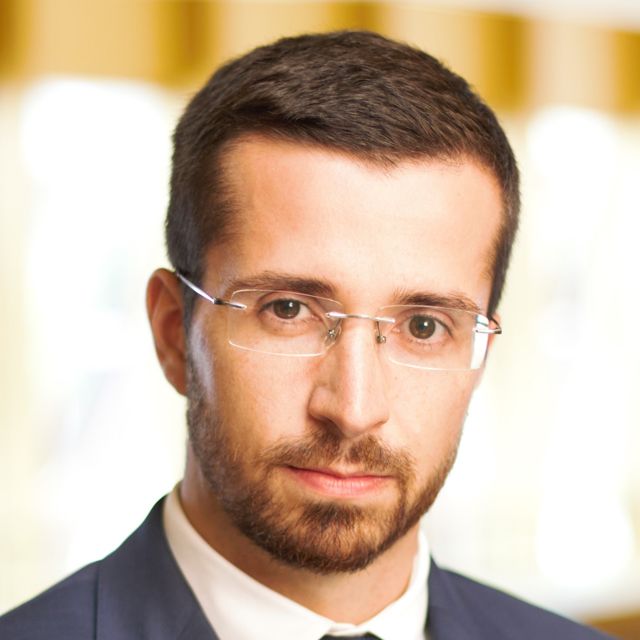
Francesco Vittori, KPMG Luxembourg
Industry 4.0 and Digital Twins
16:00–16:30
Industry 4.0 has brought the rise of connected devices that stream information and optimize operational behavior over the course of a device’s lifetime. This presentation covers how to develop and deploy MATLAB® algorithms and Simulink® models as digital twin and IoT components on assets, edge devices, or cloud for anomaly detection, control optimization, and other applications. It includes an introduction to how assets, edge, and OT/IT components are connected. The talk features customer use cases starting from design to final operation, the underlying technology, and results.
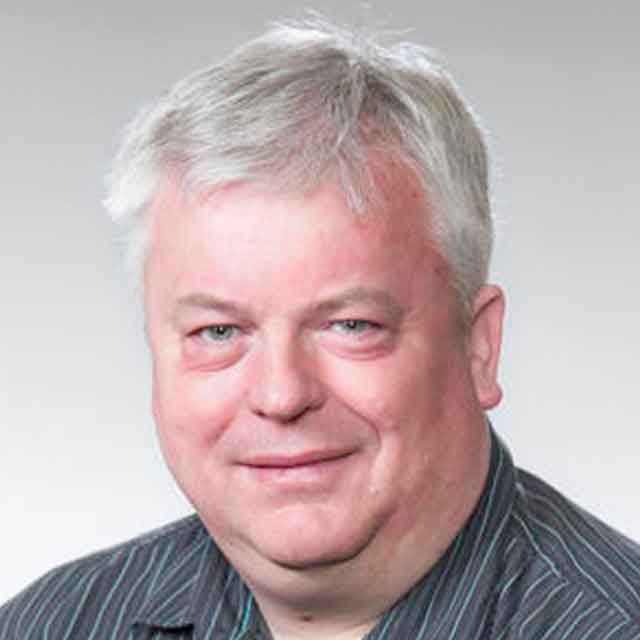
Paul Lambrechts, MathWorks
Artificial Intelligence and Augmented Reality in Healthcare
16:30–17:00
Beril Sirmacek of University of Twente has been working with her research group on developing handheld devices for giving patients the opportunity to observe the developments of their skin burns, cancer tissues, or diabetic wounds. These devices benefit from simultaneous localization and mapping (SLAM) and artificial intelligence algorithms. The self-observation process can be very helpful in giving patients early warnings, allowing them to visit their doctors on time. It can also reduce the doctor’s stress by helping them classify the patient’s emergency accurately and provide an appropriate appointment schedule.
Because of Beril’s interest in projection mapping and augmented reality, she has put effort into texturing the human skin with projected visuals from the handheld devices. These projections can show what is not seen with the naked eye and can make the skin development process more observable both for the patient’s and doctor’s understanding.
In this talk, Beril introduces how MATLAB® provides a single platform for all aspects of her project including computer vision, SLAM, artificial intelligence, and GPU implementation.

Beril Sirmacek, University of Twente
Developing Digital Control for Power Converters
13:30–15:00
Using a buck-boost power converter example, this master class explains how Simulink® and Simscape Electrical™ are used to develop, simulate, and implement a controller that maintains desired output voltage in the presence of input voltage variations and load changes to achieve fast and stable response.
The presentation covers:
- Modeling passive circuit elements, power semiconductors, and varying power sources and loads
- Simulating the converter in continuous and discontinuous conduction modes
- Determining power losses and simulating thermal behavior of the converter
- Tuning the controller to meet design requirements such as rise time, overshoot, and settling time
- Generating C code from the controller model for implementation on a Texas Instruments™ C2000™ microcontroller
- Performing Hardware-in-the-Loop simulations leveraging FPGA performance
Software Development Practices in MATLAB
15:30–17:00
Engineers and scientists increasingly adopt practices from software development to write programs that are easy to debug, verify, and maintain. In this talk, you will learn how to integrate MATLAB® with source control systems like GitHub™ and integration servers like Jenkins, which also facilitates Agile development. You will additionally learn how to test code with the MATLAB Unit Test Framework and manage code with projects.

Jason Ghidella
MathWorks
Jason Ghidella manages the product marketing team responsible for the Simulink platform and Controls areas at MathWorks. Jason has more than 15 years of experience applying Simulink products for control design across the automotive, aerospace and defense, and industrial automation and machinery industries. Prior to joining MathWorks in 2000, Jason worked as an application engineer for three years with the company’s distributors in Australia and the Netherlands. He spent the first two years of his career as a research scientist at DSTO, working on aircraft fatigue in the Airframes and Engines division. Jason has a Ph.D. in aeronautical engineering from the University of Sydney.

Carl Wouters
Atlas Copco
Carl Wouters has a master of science degree in engineering and started his career at Atlas Copco’s Compressor Technique headquarters in Belgium in 2010. Carl started as a calculation engineer supporting local product companies worldwide. With his drive for innovation and efficiency, Carl devoted his time and efforts to integrating model-based engineering into Atlas Copco’s complete product lifecycle. After having become the team leader for process, tools, and modularity, Carl and his team continue to strengthen the model-based engineering community and invest in the standardization of the processes within Atlas Copco.
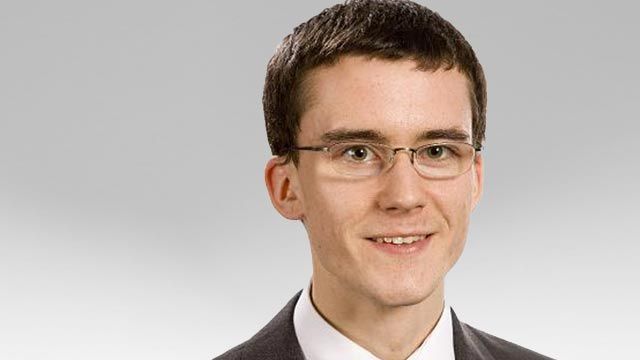
Andrew Pollard
Mathematical Modeller and Algorithm Developer, Tessella
Andrew Pollard is a mathematical modeller and algorithm developer with 5 years of experience in aerospace. He joined Tessella after completing his degree in mathematics at the University of Cambridge, and became one of the principal analysts on the Solar Orbiter AOCS team. Andrew has developed expertise in MATLAB and Simulink, and is now working on a project that uses these products to model orbital dynamics.
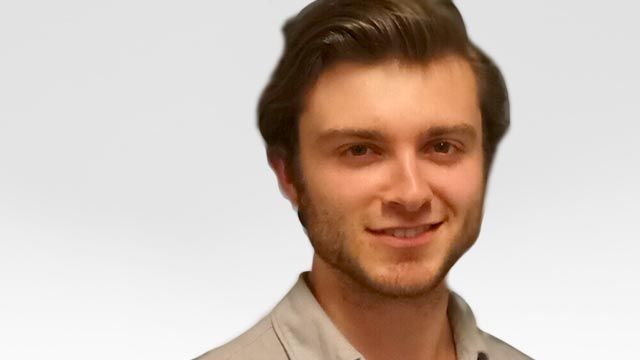
Mars Geuze
Cofounder, Hardt (Delft Hyperloop)
Mars Geuze co-founded Hardt to boost the development of hyperloop systems in the Netherlands. He is currently leading the technical team to bring the best hyperloop system to the world. Mars was also co-founder and technical manager of Delft Hyperloop, the team that won the Overall Award at the SpaceX Hyperloop Pod Competition. Mars holds a B.Sc. degree in Applied Physics from the Technical University of Delft.
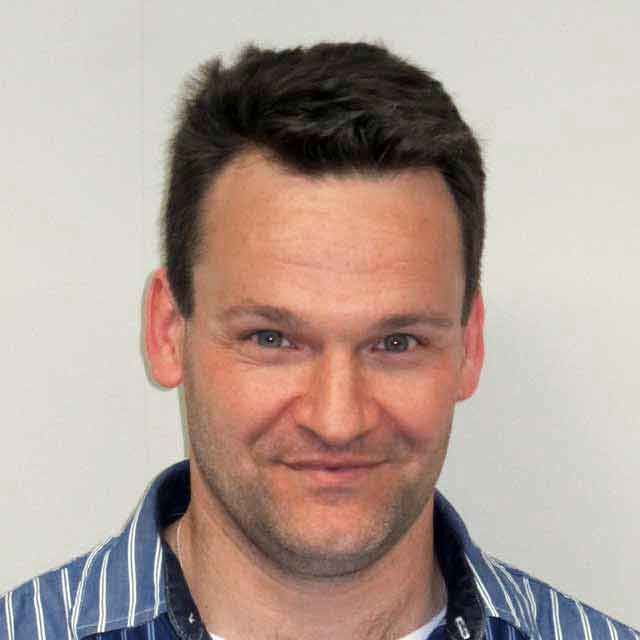
Ronald Grootelaar
3T
Ronald Grootelaar has been working as a consulting engineer at 3T for over 20 years. He works on projects for customers in the high-tech industry, with focus on embedded system design and uses MathWorks SoC design-flows, including C and HDL code generation, to develop and deploy dynamic applications.
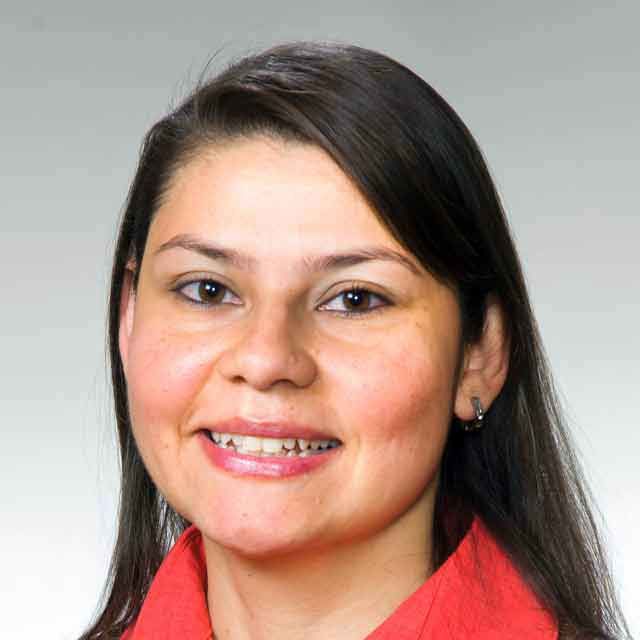
Paola Jaramillo
MathWorks
Paola Jaramillo is an application engineer at MathWorks in Eindhoven, Netherlands. She specializes in signal and image processing, computer vision, and machine learning. Her primary interests are sensor data analytics and autonomous systems. Prior to joining the MathWorks in 2016, she worked for five years as a researcher on the fields of machine learning and signal processing for intelligent lighting systems at the Eindhoven University of Technology in the Netherlands. Paola holds a master’s degree in Electronic Engineering from Politecnico di Torino in Italy and carried out a six-month internship in the area of Structural Health Monitoring at IBM Zurich Research Laboratories in Switzerland.

John van Tol
ASML
John van Tol is the competence leader of embedded logic and firmware (ELF) for ASML Electronic Development and is responsible for the road map, process, and tools within the ELF community, with a strong focus on quality. John has more than 20 years of experience in embedded systems with specific focus on digital design and embedded software. He started his professional career as an ASIC designer at Philips Semiconductors (NXP) in the business line of entertainment solutions. John joined ASML in 2010 as a lead FPGA designer and is responsible for the development of communication channels, DSP algorithms, and control systems. John holds a B.S. in information technology from the Amsterdam University of Applied Sciences.
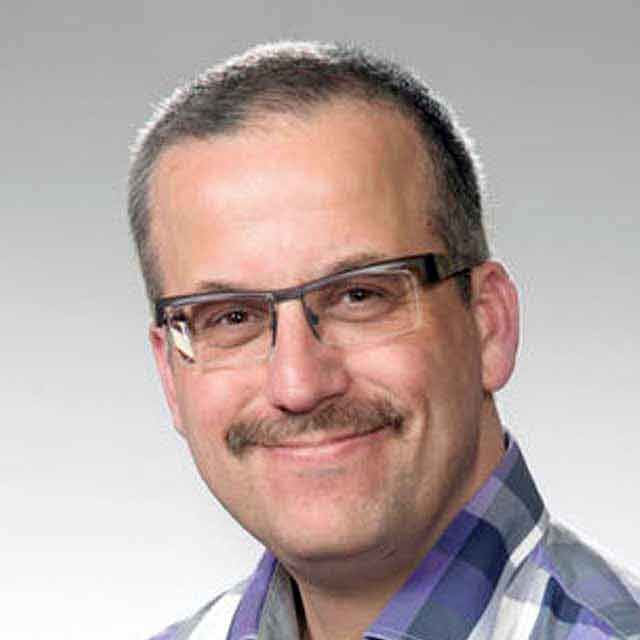
Stephan van Beek
MathWorks
Stephan van Beek is a European technical specialist working closely with new and existing customers on the adoption of SoC/FPGA design flows. Prior to this, Stephan worked in the electronic design methodology group at Océ-Netherlands, and he also worked in the motion control systems group at Anorad Europe BV. Stephan has a BSc. degree in electrical engineering from the Polytechnic in Eindhoven.
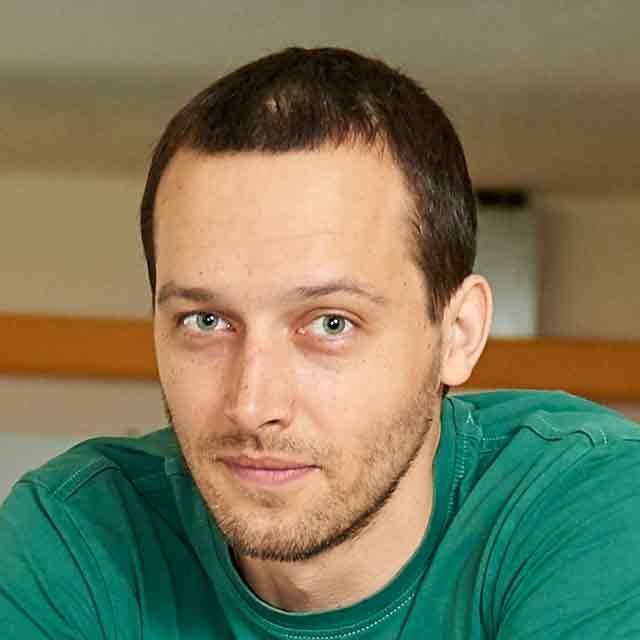
Bruno Depraetere
Senior Researcher, Flanders Make
Bruno Depraetere is a research engineer working at Flanders Make. He has a background on learning control and identification at KU Leuven. Afterwards, he joined Flanders Make and has been working on related topics. He has experience in designing controllers for a variety of applications, as well as practically implementing and validating them.
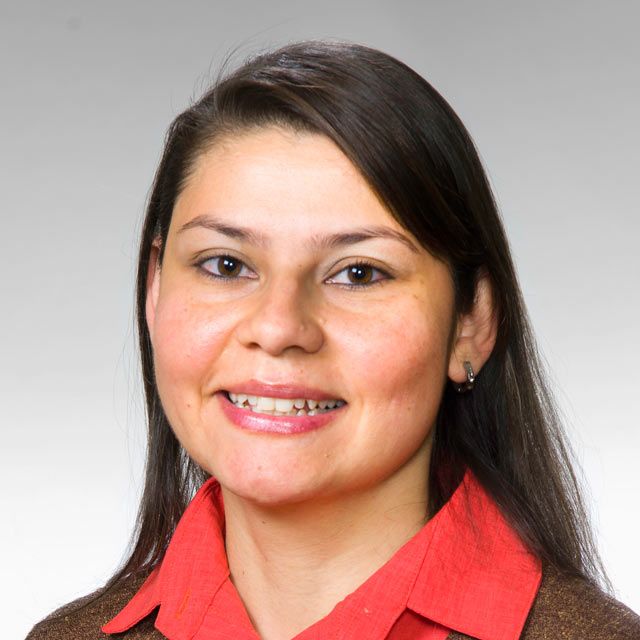
Paola Jaramillo
Application Engineer, MathWorks
Paola Jaramillo is an application engineer at MathWorks in Eindhoven. She supports customers in finding the right solutions for doing signal processing with MATLAB and Simulink in different application areas including image processing, computer vision, and machine learning. Her primary interests are sensor data analytics, embedded systems, and self-adaptive systems. Before joining MathWorks, she was awarded a fellowship under an international double degree agreement with the Politecnico di Torino in Italy, where she graduated in electronic engineering. She carried out a six-month internship at IBM Zurich Research Laboratories in Switzerland, working on the design and implementation of a DSP module for FPGAs. During her research experience at Eindhoven University of Technology, she focused in sensor data analytics for intelligent lighting environments and actively participated in several European Commission projects.
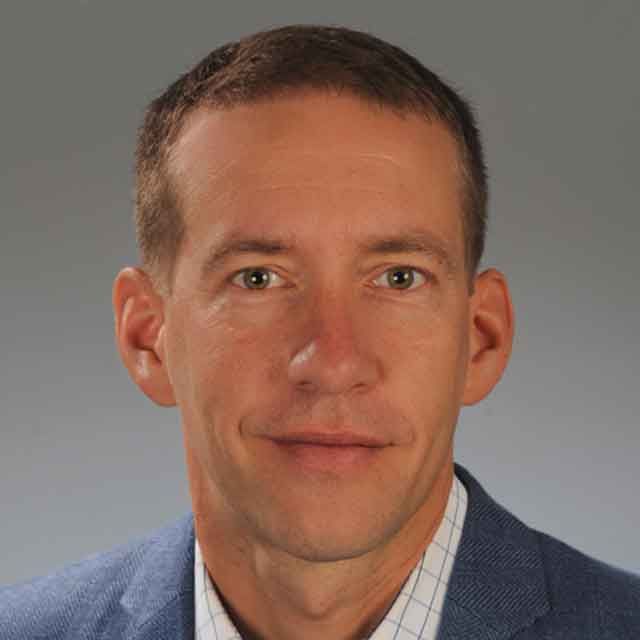
Matthias Sommer
Application Engineer, MathWorks
Matthias Sommer is an application engineer at MathWorks in Bern, Switzerland. He supports, amongst others, customers in the medical and finance industries. His main focus areas are data analytics, particularly machine learning and deep learning, high-performance computing, statistics, and numerical analysis. Before joining MathWorks, Matthias was a senior scientist at the universities of Berlin, Vienna, and Munich. He holds a degree in theoretical physics and a Ph.D. in geophysics.
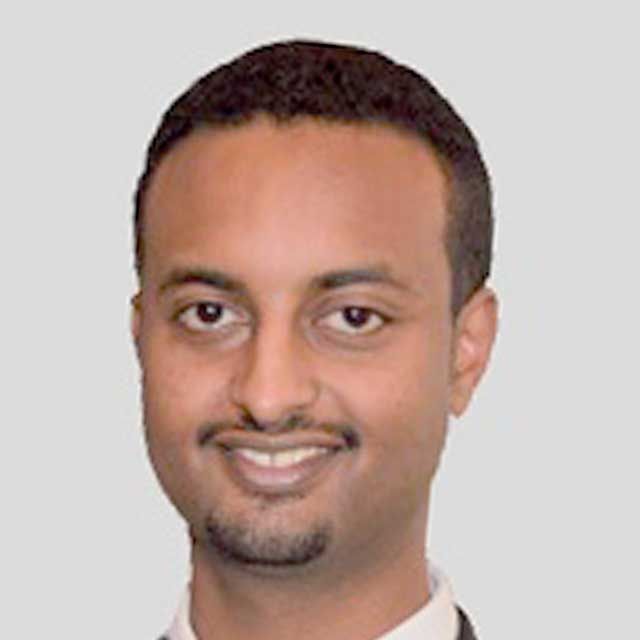
Tadele Shiferaw
MathWorks
Tadele Shiferaw is an application engineer at MathWorks in Eindhoven. His work mainly involves identifying customer requirements and assisting them towards leveraging the full potential of Model-Based Design in their workflows. His focus areas include physical modeling of systems, controller design, and hardware-in-the loop simulations. Tadele completed his M.Sc. in control systems and his Ph.D. on safe robotic manipulator control at University of Twente in Enschede.
Toon Weyens
MathWorks
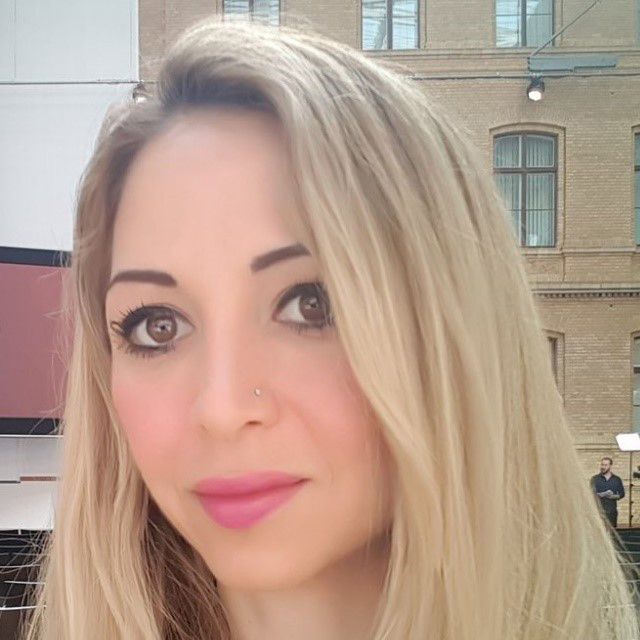
Beril Sirmacek
University of Twente
Beril Sirmacek holds a Ph.D. degree in computer science. She has over 10 years of academic and industrial experience in computer vision, augmented reality, and artificial intelligence. She has joined the Robotics and Mechatronics (RAM) group at University of Twente in 2017, where she teaches in deep learning, artificial intelligence, and simultaneous localization and mapping (SLAM) for medical applications as well as for robotics.

Paul Lambrechts
MathWorks
Paul Lambrechts is a principal application engineer at MathWorks in Eindhoven. He works with existing and future users to determine and set up an environment with Model-Based Design that will fit their specific needs. His primary interests are modeling of physical systems and control design for industrial mechatronic systems with emphasis on high precision positioning systems, real-time rapid prototyping, and hardware-in-the-loop simulations. Before joining MathWorks, he worked for the Dutch Aerospace Laboratory (NLR), Corus, ASML and Eindhoven University of Technology. He graduated in mechanical engineering at TU Delft and did his Ph.D. in the area of control design, also at TU Delft.

Mohamed Anas
MathWorks
Mohamed Anas is the engineering group manager at MathWorks Benelux and Switzerland. He leads the customer-facing engineering teams and has expertise in technical computing and design automation. Mohamed has over 20 years of experience applying advanced computing and development processes in the automotive, aerospace, defense, finance, and industrial automation and machineries industries. Prior to joining MathWorks in 2005, Mohamed worked at Motorola, Freescale Semiconductor, and BMW, where he held senior positions in the areas of CPU design and verification, multidomain modelling, and code generation, targeting resource constrained embedded systems. Mohamed received the IET (UK), IEEE, EPSRC, and BMW international research awards in 1998, 1999, and 2000, respectively. He holds an engineering doctorate in systems-on-chip design.

Arjo van der Ham
Lightyear
Arjo van der Ham is co-founder and chief technology officer of Lightyear, a Dutch company commercializing solar-powered electric vehicles. He holds an M.Sc. from the Eindhoven University of Technology in power electronics. At Lightyear, he is responsible for the technology roadmap for Lightyear One, the company’s first product.
Francesco Vittori
KPMG Luxembourg

Giorgia Zucchelli
MathWorks
Giorgia Zucchelli is the global product marketing manager for RF and mixed-signal at MathWorks. Before joining MathWorks in 2009 as an application engineer focusing on signal processing and communications systems with specialization in analog simulation, Giorgia worked for two years at NXP Semiconductors on mixed-signal verification methodologies. Before that, she worked for Philips Research, where she contributed to the development of system-level models for innovative telecommunication systems. Giorgia has a master’s degree in electronic engineering and a doctorate in electronic engineering for telecommunications from the University of Bologna. Her thesis dealt with modeling high-frequency RF devices.

Francesco Vittori
KPMG Luxembourg
Francesco is a manager in KPMG Luxembourg Risk Advisory practice with several years of experience in financial markets and the Luxembourg fund industry.
He has a strong background in financial modeling, pricing methodologies, model calibration, stress testing, risk measurement, risk management, and performance contribution and attribution. He has a solid knowledge in financial software design and development.
He has worked in several fields, including risk models implementation, financial instrument independent valuation, UCITS and AIFs regulatory reporting services, liquidity risk modeling, and software development.
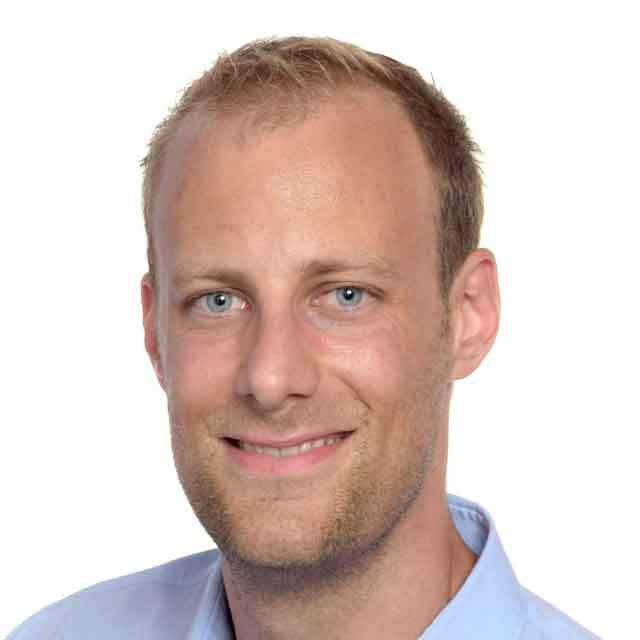
Toon Weyens
MathWorks
Toon Weyens is an application engineer at MathWorks in Eindhoven, Netherlands. He supports innovative companies in automation and machinery, automotive, and aerospace industries by helping them use MathWorks software to analyze data, develop algorithms, create mathematical models, and scale to run on clusters, GPUs, and clouds. Prior to joining MathWorks, Toon was a postdoctoral researcher at the ITER Organization. He holds a M.Sc. degree in energy engineering from the University of Leuven, a M.Sc. degree in nuclear fusion science and technology from the Universidad Carlos III in Madrid, and a Ph.D. degree in applied physics from Eindhoven University of Technology.
